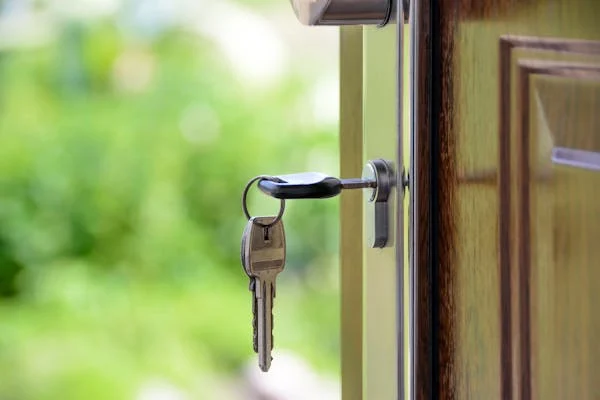House prices in Wexford have jumped by 14.6% in the past year—outpacing the national average and marking one of the largest increases since the Central Bank introduced mortgage-lending rules a decade ago. That’s according to the latest Daft.ie House Price Report, authored by economist Ronan Lyons.
Nationally, house prices rose by 12.3% in the year to June, making it the sharpest annual increase since those mortgage measures were brought in to cool the market. “Those rules were designed to moderate price growth,” Lyons said, “but what we’re seeing now is inflation that rivals any time over the past ten years.”
Zooming in on Wexford, Lyons notes that the 14.6% annual increase builds on already significant post-COVID growth. “Compared to the beginning of the pandemic, prices in Wexford are now nearly 59% higher,” he said. This surge is largely being driven by a shortage of homes for sale—particularly in the second-hand market.
According to Lyons, the crisis in housing availability has two parts: the need to ramp up new home construction and the need to “normalize” the second-hand housing market. While long-term solutions rely on building more homes, he says there are some immediate policy levers that could ease pressure.
“That could mean streamlining the conveyancing process, bringing vacant homes back into use more quickly, or helping those on fixed-rate mortgages transition without penalty. Ultimately, it’s about improving liquidity in the market.”
He also highlighted broader structural issues—particularly the viability gap between the cost of building and the market value of homes in places like Wexford. “Even though prices are high, building still isn’t viable in many parts of the county due to soaring construction costs,” he said. Noting that Minister of Housing James Browne will be in attendance in South East Radio studios this morning (Monday 23rd June) Mr Lyons said, “I’d be keen to hear the Minister’s view on how that gap can be closed.”
While North Wexford continues to feel pressure due to its proximity to Dublin and strong employment links, Lyons noted that the issue is now county-wide—and, indeed, country-wide. The east of the county is also seeing added strain from the popularity of second homes and holiday lets.
“The housing shortage is no longer isolated to major cities or commuter belts,” he said. “It’s affecting communities across the entire county.”

